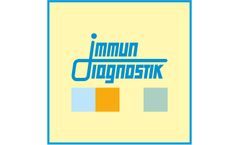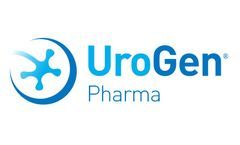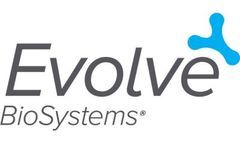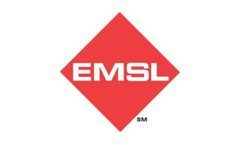Breast Milk Articles & Analysis
17 news found
IBP-9414 contains the active compound Lactobacillus reuteri, which is a human bacterial strain naturally present in breast milk. The product portfolio also includes another project, IBP-1016, for the treatment of gastroschisis, a severe and rare disease affecting infants. ...
Lactoferrin is an iron-binding glycoprotein of about 80 kDa, which is mainly found in saliva, tear fluid or breast milk. Like calprotectin, lactoferrin is produced in neutrophilic granulocytes. ...
It is not known whether DUPIXENT passes into your breast milk. Tell your healthcare provider about all the medicines you take, including prescription and over-the-counter medicines, vitamins and herbal supplements. ...
It is not known whether DUPIXENT passes into your breast milk. Tell your healthcare provider about all the medicines you take, including prescription and over-the-counter medicines, vitamins and herbal supplements. ...
IBP-9414 contains the active compound Lactobacillus reuteri, which is a human bacterial strain naturally present in breast milk. The product portfolio also includes another project, IBP-1016, for the treatment of gastroschisis, a severe and rare disease affecting infants. ...
It is not known if JELMYTO passes into your breast milk. Do not breastfeed during treatment with JELMYTO and for 1 week after the last dose. ...
IBP-9414 contains the active compound Lactobacillus reuteri, which is a human bacterial strain naturally present in breast milk. The product portfolio also includes another project, IBP-1016, for the treatment of gastroschisis, a severe and rare disease affecting infants. ...
IBP-9414 contains the active substance Lactobacillus reuteri, which is a human bacterial strain naturally present in breast milk. The product portfolio also includes another project, IBP-1016, for the treatment of gastroschisis, a severe and rare disease affecting infants. ...
A new peer-reviewed study reveals that the vast majority of U.S. infants may be suffering from a substantial deficiency in an important bacterium key to breast milk utilization and immune system development, as well as protection against gut pathogens linked to common newborn conditions such as colic and diaper rash. ...
Studies have found traces of it in 97 percent of breast milk samples from lactating women and in the urine of nearly 75 percent of people tested. ...
EHF is spread from person to person through direct contact with body fluids such as blood, urine, sweat, semen, breast milk, vomit and feces. The infection can be spread when body surfaces that can easily absorb blood-borne pathogens, such as open cuts, scrapes, or mucous membranes come into direct contact with infectious blood or body fluids. ...
People can be exposed to 2,4-D in numerous ways, including contaminated food, drinking water, or breast milk (for nursing infants), and through inhalation of pesticide particles released during use on nearby fields. ...
The chemical is absorbed through contact with the skin and tests have found it in human blood, urine and even breast milk. Laboratory studies have shown that triclosan is an endocrine disruptor capable of interfering with hormones critical for normal development and reproduction. ...
The chemical is absorbed through contact with the skin and tests have found it in human blood, urine and even breast milk. Laboratory studies have shown that triclosan is an endocrine disruptor capable of interfering with hormones critical for normal development and reproduction. ...
The degree to which BPA leaches from polycarbonate bottles into liquid may depend more on the temperature of the liquid or bottle, than the age of the container. BPA can also be found in breast milk.” Workers who manufacture products that contain BPA can also be exposed. ...
Environmental Protection Agency in 1998 estimated that more than 1 million pounds of triclosan are produced annually in the United States, and that the chemical is detectable in waterways and aquatic organisms ranging from algae to fish to dolphins, as well as in human urine, blood and breast milk. The investigators performed several experiments to evaluate the ...
CSIRO and leading Australian ingredients manufacturer, Clover Corporation Limited, have agreed to work together on the development of the next generation of nutritional ingredients for infant formulas. “While natural breast milk is the gold standard, when infant formulas are needed to supplement or replace it, those formulas need to be as close to the real ...







